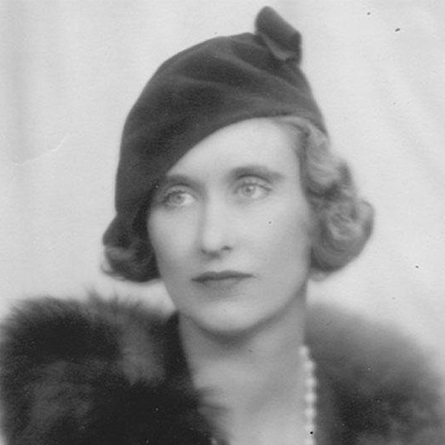An internationally-renowned writer, the daughter of a very rich American and an Irish noblewoman, Iris Bayard Cutting spent her childhood and youth between Europe and America. She met the Marquis Antonio Origo at Villa Medici in Fiesole, a residence owned by her mother. After they married in 1924, in 1927 they bought the property at La Foce, at the confluence of the Val d’Orcia and the Val di Chiana. The place may have been inhospitable, but it had a wild beauty about it. To renovate the main buildings and design a large garden, the Origo family commissioned English architect Cecil Pinsent. Between the two wars, Iris and her husband worked to improve the land agriculturally, in the process transforming the area’s landscape. Realizing that their project would not move forward without social and cultural progress, they struck a ground-breaking deal with the local sharecroppers, building new farmhouses at La Foce, a medical clinic and a recreational centre. Following the death of her son Gianni, Iris embarked on a career as a writer, first with a biography of Giacomo Leopardi published in 1935. Although her most famous work is “The Merchant of Prato” (a fictional reconstruction of Tuscany at the dawn of Medici splendour), her life at La Foce, its challenges and lighter moments, emerges clearly in her autobiographical books. In “Images and Shadows”, she illustrates the arduous work of reclaiming poor, untilled soils, and of improving the living conditions of the local population; in “War in Val d’Orcia”, she tells the story of life in a period in which she does what she can to help refugee children, offering shelter and assistance to many allied prisoners of war after Italy’s surrender. In 1977, she was awarded the title of Honourary Dame Commander of the British Empire.
Read also Cecil Pinsent
Look at the card of Villa La Foce



 Share on social
Share on social